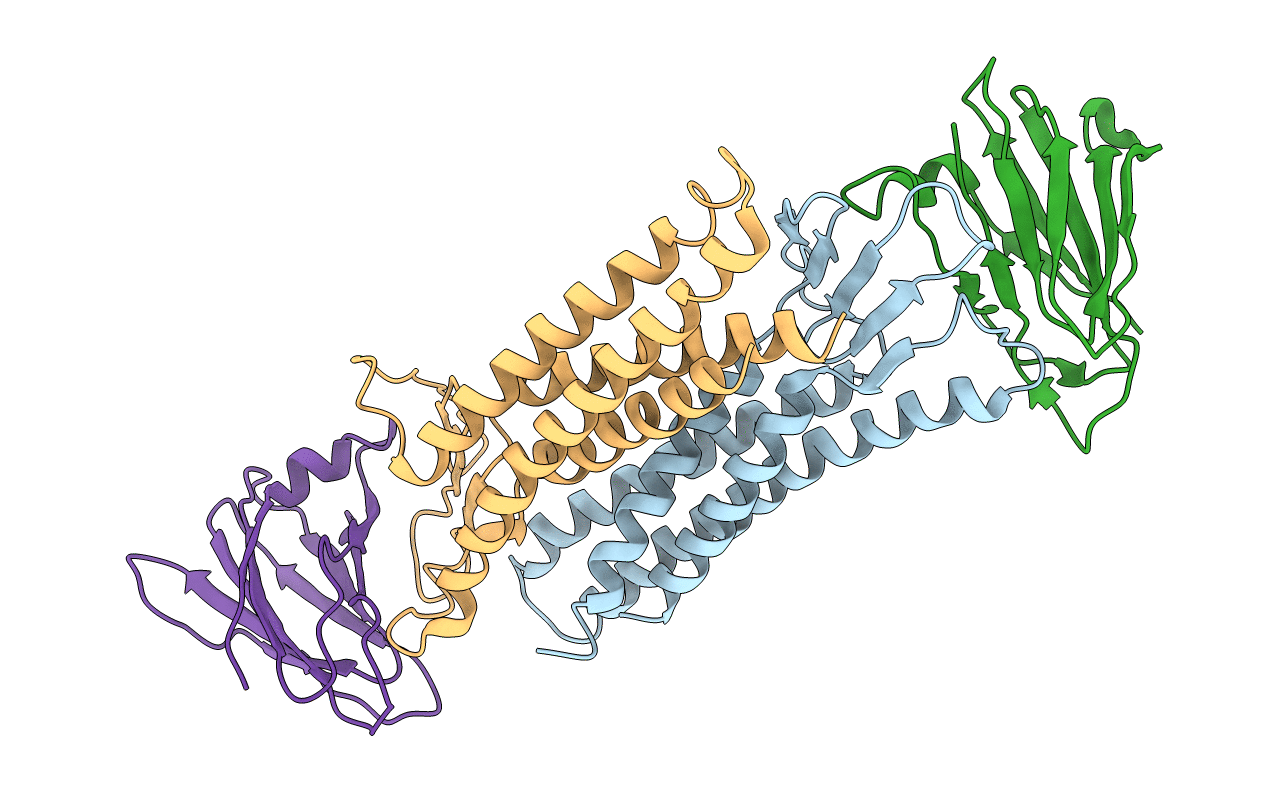
Deposition Date
2018-08-31
Release Date
2019-02-20
Last Version Date
2024-10-23
Entry Detail
PDB ID:
6AKG
Keywords:
Title:
Crystal structure of mouse claudin-3 P134G mutant in complex with C-terminal fragment of Clostridium perfringens enterotoxin
Biological Source:
Source Organism:
Mus musculus (Taxon ID: 10090)
Clostridium perfringens (Taxon ID: 1502)
Clostridium perfringens (Taxon ID: 1502)
Host Organism:
Method Details:
Experimental Method:
Resolution:
4.30 Å
R-Value Free:
0.32
R-Value Work:
0.28
R-Value Observed:
0.28
Space Group:
P 1 21 1


